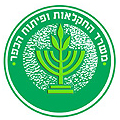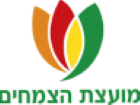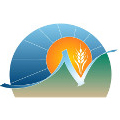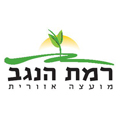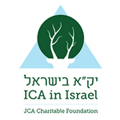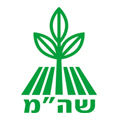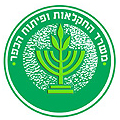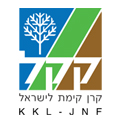The increased demand of high quantity and quality of cherry tomatoes requires the application of a wide range of pre-harvest pesticides. The application of dozens of pre-harvest pesticides frequently results in multiple pesticide residues, to which the end consumer is exposed. Incorrect usage of these pesticides may result in hazardous food contamination and therefore, it is crucial to monitor pesticide residues in preand post-marketed agricultural commodities. Hence, the objectives of the present study were to characterize the distribution and residual levels of pre-harvest pesticides applied on cherry tomatoes, as a function of regulated storage conditions, irrigation water salinity levels, and tap water rinsing. The fruits were grown in a greenhouse and were designated for the local and international markets. The residual pesticide levels allowed us to perform a dietary risk assessment for the consumption of contaminated tomatoes. Tetraconazole was the only pesticide residue, exceeding the maximal residue limit (MRL) value of 50 µg/kg in the fruits after 5 days of storage time. Since tetraconazole was shown to potentially impair reproduction and fetal development, it is suggested that the last application of this pesticide would be restricted to not less than 56 days before harvest. The extent of pesticide peel penetrability as well as the pesticide distribution and residual levels in the peel and pulp were unaffected by the salinity level (electrical conductivity 1.5–3 ds/m) of the irrigation water. The most commonly applied household washing procedure for fruit and vegetables, using running tap water for 30 s, was ineffective in removing residual pesticides from the peel. Hence, more efficient washing procedures are required to improve consumers’ safety. Keywords: distribution kinetics; pesticides; cherry tomatoes; storage; peel; pulp
Agronomy 2019, 9, 800.
https://www.mdpi.com/2073-4395/9/12/800
